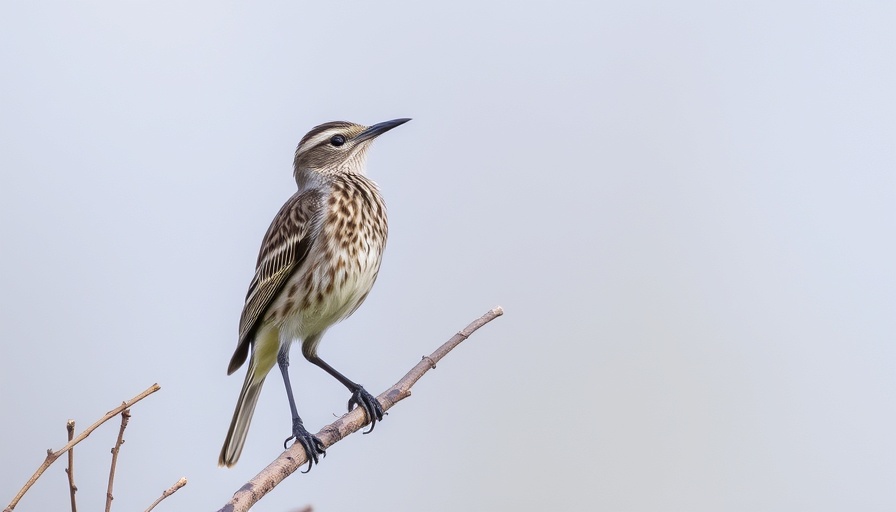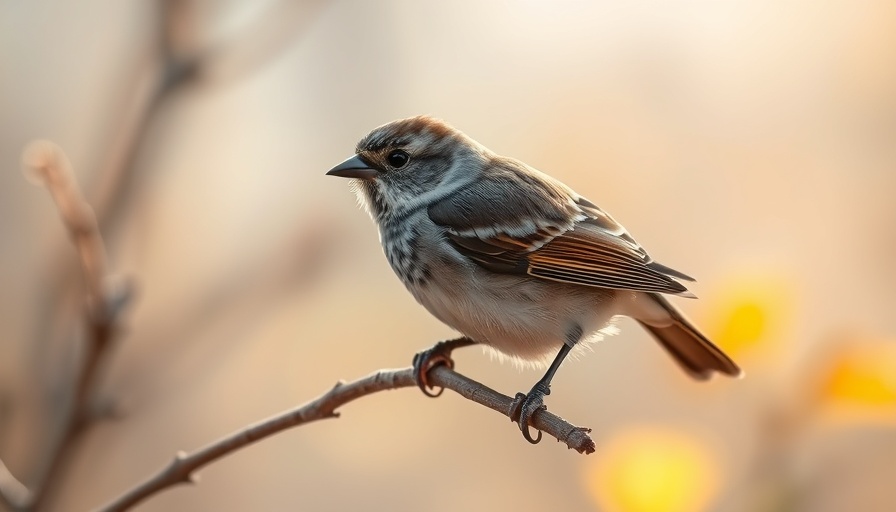
Understanding the Remarkable Journeys of Migratory Birds
The Pacific Ocean, spanning over 12,000 miles at its widest point, may seem like an insurmountable barrier for birds. However, numerous species have made astounding migrations across this vast expanse as part of their life cycle. Each year, migratory birds, including the Bar-tailed Godwit and Pacific Golden-Plover, exhibit extraordinary adaptations that allow them to traverse thousands of miles, often without stopping, during their lengthy journeys from breeding to wintering grounds.
The Science Behind Migration: Cutting-Edge Technologies
Recent advancements in technology have transformed our understanding of bird migration. Using GPS tracking, scientists can now unveil intricate details about migration patterns previously known only through ancient observations. For instance, the Bar-tailed Godwit has been recorded flying more than 8,000 miles continuously—an impressive feat made possible by its remarkable physiologic adaptations. This shorebird increases its fat reserves prior to migration and has evolved specialized muscle adaptations that support its long-distance flight.
Historical Navigation: Birds as Nature's Navigators
Long before modern technology, ancient Polynesian navigators relied on bird movements to guide their sea voyages. These migratory patterns not only informed their travel routes but also showcased the innate wisdom of nature that continues to astonish researchers today. Studies like those conducted by the Motus Wildlife Tracking System reveal how scientists are harnessing new tracking technologies to monitor and protect migratory routes, ensuring that these avian travelers face fewer obstacles along their path.
The Modern Era of Bird Conservation
As the populations of migratory birds dwindle—an estimated loss of 3 billion birds in North America since 1970—it is imperative to consider innovative conservation strategies. Tracking projects that utilize light-weight tagging systems and collaborations between organizations are playing a critical role in gathering data about movement patterns and identifying the most impactful habitats for conservation efforts. By understanding these vital aspects of bird life cycles, scientists and conservationists can implement effective measures to protect migratory species from the challenges posed by climate change and habitat loss.
Taking Action: What You Can Do
As passionate bird watchers and environmental enthusiasts, there are ways individuals can contribute to avian conservation. Supporting organizations focused on bird migration, participating in citizen science projects, and staying informed about local bird populations are just a few steps you can take. Together, we can help safeguard our migrating friends and the ecosystems they inhabit.
Bird migration is a compelling narrative of survival and adaptation, reflecting not only the resilience of nature but also the urgent need for human intervention in securing a sustainable future for these remarkable travelers.
 Add Row
Add Row  Add
Add 




Write A Comment